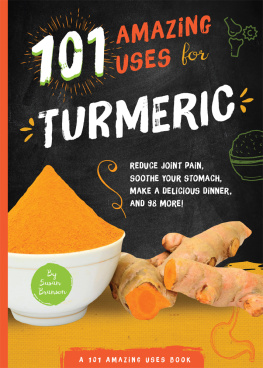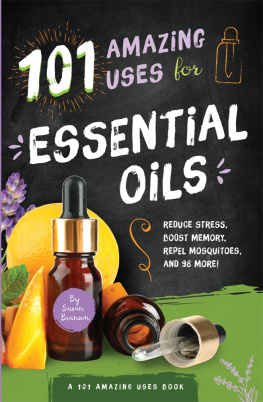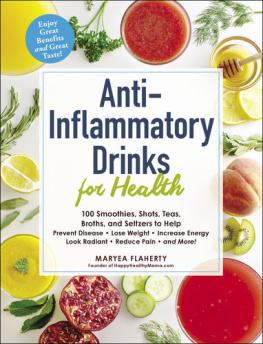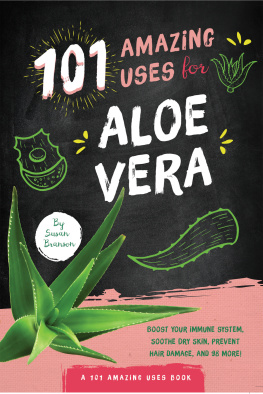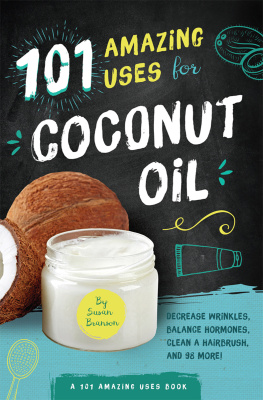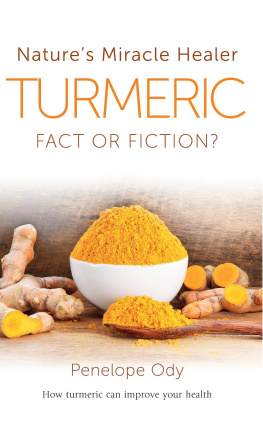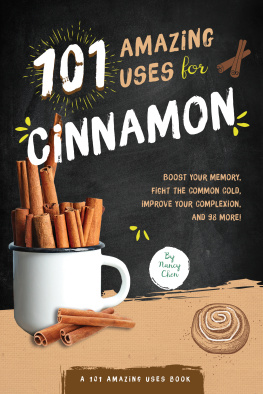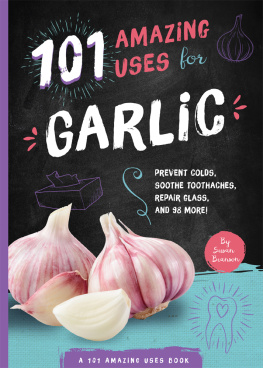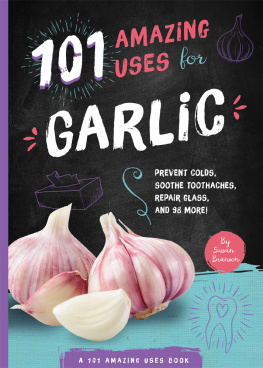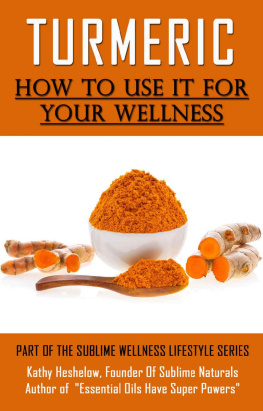
FOR MY PArKLAND CoMMuNITy
#MSDSTrONg
Copyright 2018 by Susan Branson
All rights reserved.
Published by Familius LLC, www.familius.com
Familius books are available at special discounts for bulk purchases, whether for sales promotions or for family or corporate use. For more information, contact Familius Sales at 559-876-2170 or email .
Reproduction of this book in any manner, in whole or in part, without written permission of the publisher is prohibited.
DISCLAIMER: The material in this book is for informational purposes only. It is not intended to be a substitute for professional medical advice, diagnosis, or treatment. Always seek the advice of your physician or other qualified healthcare provider with any questions you may have regarding a medical condition or treatment. Never disregard professional medical advice or delay in seeking it because of something you have read in this book.
Library of Congress Cataloging-in-Publication Data
2018936021
Print ISBN 9781945547928
Ebook ISBN 9781641700573
Printed in the United States of America
Edited by Leah Welker
Cover design by David Miles
Book design by Brooke Jorden and Caroline Larsen
10 9 8 7 6 5 4 3 2 1
First Edition


CONTENTs

Introduction

TURMERiC, THE ROoT OF MANY USES
Most people buy turmeric as a deep yellow powder in the spice aisle. It may be surprising to see turmeric whole, in its rhizome form.
The rhizome is actually the horizontal, underground stem of the plant. From this, the upright stem containing the leaves and flowers rises about a meter above the surface. Below the ground, roots branch off the rhizome to reach down into the earth. Often, the rhizome is referred to as a root, so when you see the term turmeric root , it actually refers to the rhizome.
Turmeric looks very similar to ginger and, in fact, is part of the ginger family. The main rhizome tends to grow up to three inches long and an inch in diameter, with smaller rhizomes branching off in all directions. The rhizomes are tuberous, segmented, and rough in appearance. The outside of the turmeric rhizome is a yellowish-brown color, and the inside is orange, similar to that of a carrot.
The rhizomes are harvested, boiled for roughly forty minutes, dried in ovens, and then ground into the familiar yellowish-orange powder. Most often used as a spice in Indian and Southeast Asian dishes and as one of the main spices in curry, turmeric has a sweet yet slightly bitter flavor that pairs well with coconut, chilies, beef, poultry, seafood, and other spices like pepper, cumin, ginger, and nutmeg, among others. Turmeric is used equally for its flavor and its color. Depending on the amount used, it will turn a dish any shade between soft butter-yellow to strong marigold. Its suitability as a dye has encouraged the food, textile, and beauty industries to use turmeric to color food, cloth, and cosmetic products.
The yellow color of turmeric comes from one of its main constituents, a polyphenol called curcumin, comprising about 6 percent of the rhizome. Over the last few decades, the medical community began taking notice of turmeric, and now thousands of studies have identified turmeric and curcumin as having antioxidant, anti-inflammatory, antimicrobial, anticancer, and hypoglycemic properties. These have the potential for far-reaching applications, and we have been hearing more and more about the beneficial healing effects of turmeric on conditions that are both chronic and acute, common and rare, minor and serious.

TURMERiCS ENDuRINg HiSTORY
Turmeric has been used for over four thousand years, with its origins lying in Southeast Asia or India. First used as a spice in food and in religious ceremonies, it soon became recognized and revered for its holistic healing properties in Ayurvedic and Unani traditional medical practices in these regions. They used turmeric to calm swelling, heal wounds, alleviate gas, eliminate worms, improve digestion, and treat respiratory and liver disorders. Even a written prescription for the use of turmeric to relieve the ill effects of poisoned food is recorded in Surutas Compendium , an ancient Indian text on medicine and surgery.
As turmerics reputation rose, its demand spread, and soon this spice was found all over Asia, Africa, and Europe. In his legendary travels, Marco Polo spoke of discovering a wonderfully colorful root, similar in quality to saffron. He was referring to the beautiful orange color of turmeric. No doubt turmerics label as Indian saffron is partly attributable to Polos comment. Subsequently, turmeric eclipsed saffrons popularity as a dye for food and clothing. This was because turmeric acted as a superior dye to saffron and was much less expensive.
Today, India is still the largest producer, consumer, and exporter of turmeric. The average person there consumes anywhere from 100 to 200 milligrams per day, much more than the average North American. The tradition of using turmeric in religious ceremonies has endured in some parts of Indian culture. Brides and grooms apply turmeric paste to their faces and bodies before the wedding as part of a purification ritual and to calm the nerves. In other regions, a groom ties a turmeric-dyed yellow string around his brides neck as a symbol of entering a sacred and successful marriage and to ensure fertility.
In North America, turmeric is mainly used as a spice in food but also as a dye. However, the medicinal properties of turmeric have risen in popularity. In the early 18th century, Vogel and Pelletier isolated curcumin from the rhizomes of turmeric, and following scientists began to discover the amazing array of properties curcumin has. In 1937, Oppenheimer published the first article on the effects of curcumin on human disease, specifically inflammation of the gallbladder. Since that time, numerous research, including clinical trials, have identified the vastly important and far-reaching potential turmeric has in human health.

THE DiFFErENT WAyS TO USE TUrMErIC
Turmeric can be found as a powder, as a fresh root (rhizome), or even in pickled form. It can also be taken as a supplement. Ground turmeric is made by peeling, boiling, drying, then grinding the roots. Most of us go directly to the baking aisle in the grocery store and pick up a small jar of the dry, ground spice. Its easy to use, and it stores up to two years. It tends to start losing potency after about six months, though. Shelf life can be prolonged by keeping the spice in a jar with a tight-fitting lid and placing it in a cool, dark cupboard. Sunlight and heat will speed degradation. Sometimes the root is dried and sold whole, but you may have to look in specialty stores or Asian markets to find this form. It is interesting to note that the process of boiling and roasting fresh turmeric to make the dry rhizome and powder increases its antioxidant potency.
Next page
